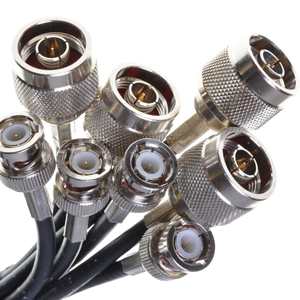If you’re in the market for a coaxial cable, you’ve probably noticed that there are many different options available. While it might be tempting to choose the most affordable option, investing in a high-quality coaxial cable is well worth the additional cost.
What makes a coaxial cable high-quality?
1. Material: High-quality coaxial cables are made with premium materials that ensure excellent signal quality and durability. Look for cables made with copper or silver-plated copper conductors and a high-quality dielectric (insulation) to minimize signal loss and interference.
2. Shielding: Shielding is crucial in minimizing signal interference and noise. High-quality coaxial cables feature multiple layers of shielding, including a braided shield and a foil shield, to protect against EMI (electromagnetic interference) and RFI (radio frequency interference).
3. Connectors: Connectors play a big role in the overall quality of a coaxial cable. Look for cables with gold-plated connectors, as they provide a more reliable connection than non-gold plated options.
Investing in a high-quality coaxial cable can make a big difference in your overall signal quality, whether you’re using it for television, internet, or other applications. It’s worth taking the time to do your research and choose the best option for your needs.
Our in-house assembled high end cables can be manufactured and tested for use up to 14GHz, but if you need frequencies of 18GHz, 40GHz or even millimeter wave (110GHz) please contact us direct so we can provide you a custom quote for solutions using our industry partner, Jyebao.

What is Coaxial Cable?
Coaxial cable has an inner and outer core that share a geometric axis. This prevents electromagnetic interference and enables more reliable data transmission over longer distances.

